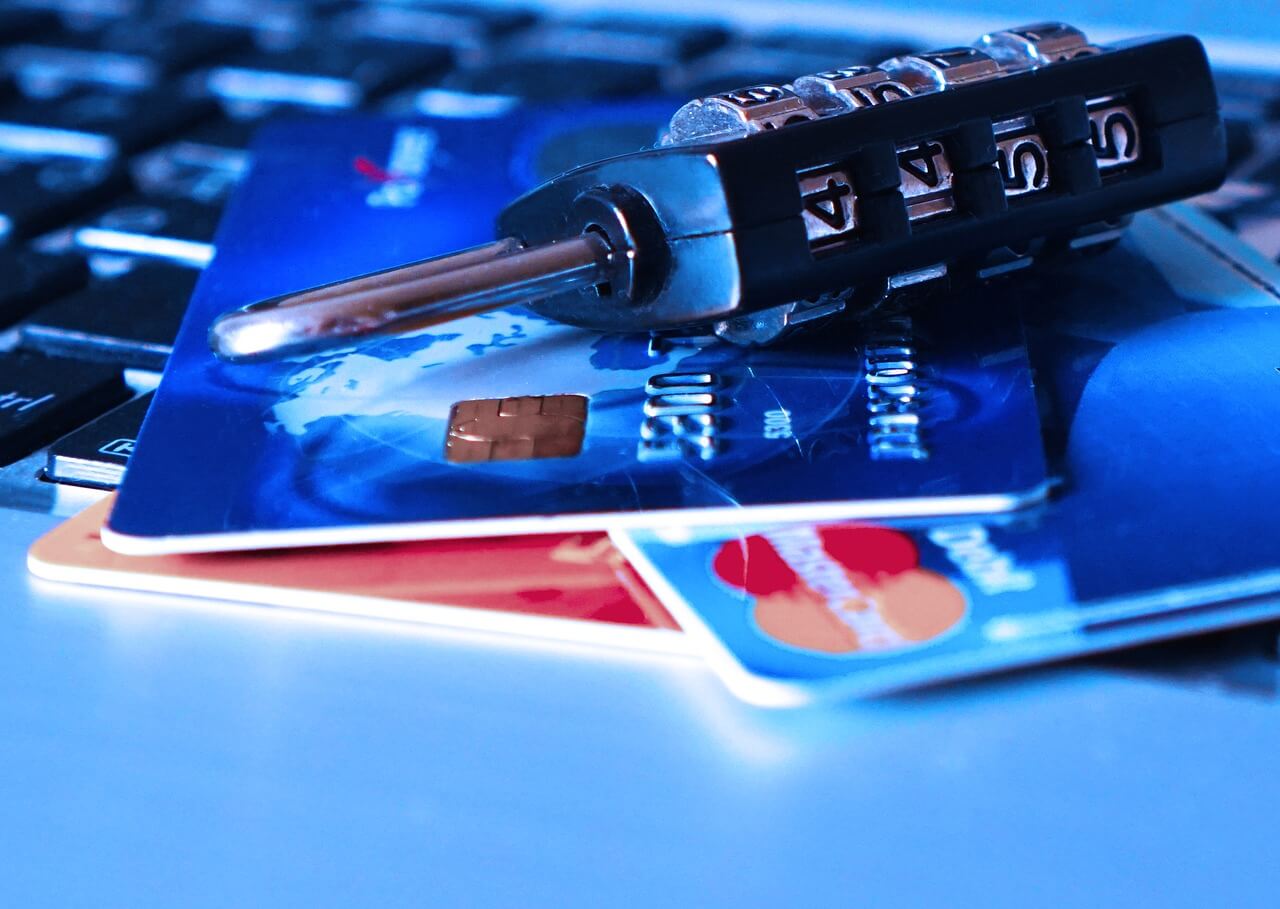Quite often, data security isn’t a priority to owners of small businesses or those who are self-employed. Although it is important to spend energy trying to grow the business, protecting your data and your clients’ data is extremely important when it comes to keeping your business alive. Creditcards.com provides 6 practical and affordable steps to take to secure information online and offline.
- Operate with an EIN. A freelancer or small-business owner may operate as a sole proprietorship under his or her Social Security number, even if the business has employees. It’s generally a better idea for sole proprietors to use an EIN, which can be obtained easily through the IRS website. Keeping business and personal finances separate is a good idea for many reasons, including identity theft prevention.
- Secure sensitive files – online and offline. Take some basic measures to protect paper documents, such as using a secure mailbox, shredding any documents you don’t need and keeping sensitive files in a locked area or other secure location. Make sure your computer systems have appropriate firewall, anti-virus and anti-malware technology.
- Establish good internal controls. Businesses with employees need to pay extra attention to security. It’s important to use passwords or otherwise restrict employee access to certain documents, such as customer lists or accounting files. For retail businesses, business owners should review security footage for suspicious activity, such as an employee taking a customer’s card away from the register to run a transaction.
- Ask vendors about their information practices. You may be asked to provide sensitive data on credit applications or other documents when you work with vendors. Ask about your vendors’ security practices to ensure you’re not putting sensitive data in the hands of a company that doesn’t adequately protect it.
- Deter device-centered hacking. The “bring your own device” trend – in which employees use their personal mobile phones and other devices for work – introduces extra risks to a business. Such devices need to be password-protected to ensure that sensitive company information can’t be accessed if the device is lost or stolen.
- Check your statements and insurance policies regularly. Keeping an eye on your accounts is one of the best methods of halting fraud before it gets out of hand. Review your banking agreements to determine whether your business accounts have protection against fraud. In addition, review your insurance policies to see what, if any, coverage you have in case of a data breach.
For more information on what to do to protect your business from ID theft read the full article – https://www.creditcards.com/credit-card-news/6-steps-protect-small-business-id-theft-1269.php.








